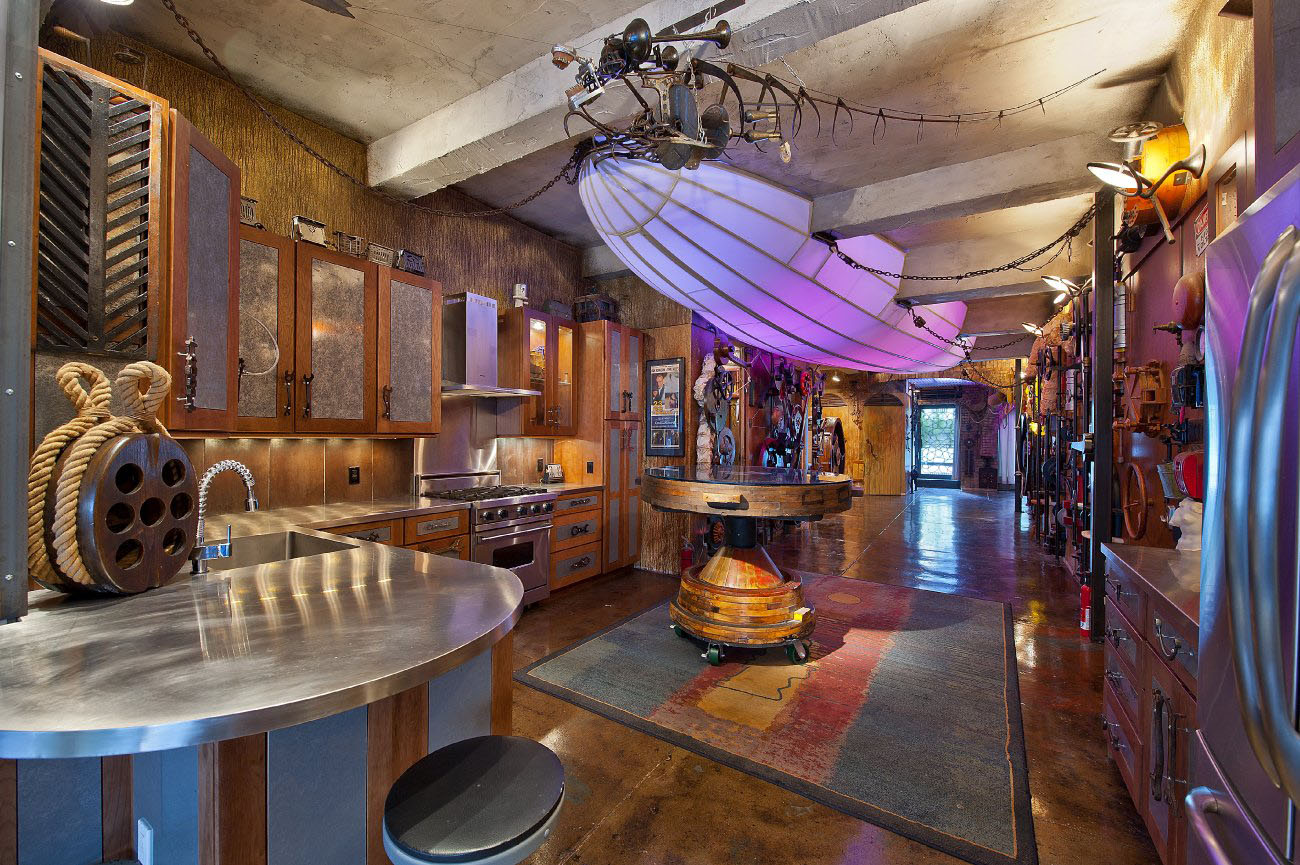Hidden Killers, New Hidden Killers of the Victorian Home, Hidden Killers: The Victorian Home preview
Table of Content
The new science of microbes only intensified the Victorian preoccupation with tackling germs, which they now knew could lurk out of sight. Chemical cleaning products to eradicate dirt and disease were heavily advertised and highly effective, but their toxic ingredients, like carbolic acid, were contained in bottles and packages that were indistinguishable from other household products. In September 1888, the Aberdeen Evening Express reported that 13 people had been poisoned by carbolic acid in one incident - five died.

Bread was not the only food being altered - tests on 20,000 milk samples in 1882 showed that a fifth had been adulterated - but much of this was done not by manufacturers but by householders themselves. Boracic acid was believed to "purify" milk, removing the sour taste and smell from milk that had gone off. Mrs Beeton told consumers that this was "quite a harmless addition", but she was wrong.
dangerous things in Victorian/Edwardian homes
Yet, as we now well know, radium is a source of radiation poisoning - if ingested, it could lead to anaemia, bone fractures, necrosis of the jaw, and leukaemia. The late Victorians and the Edwardians lived through a domestic revolution. Theirs was a bold and exciting age of innovation, groundbreaking discoveries and dramatic scientific changes, many of which altered life at home in profound ways - including some that were terrible and unforeseen, writes historian Dr Suzannah Lipscomb. Yet, the irony is that at the very heart of the Victorian home – this place of moral safety and comforting shelter – danger lurked. Victorians were assaulted in their own houses and attacked by their very own tastefully chosen objects of status.
Stories of exploding stoves and people suffocating as they slept were alarmingly common. Discover the stars who skyrocketed on IMDb’s STARmeter chart this year, and explore more of the Best of 2022; including top trailers, posters, and photos. Yet, many of the products they bought or inventive technological solutions they came up with were not only health hazards, but deadly domestic assassins.
Hidden Killers Episodes Episode guide
At the same time, the cost of necessities, like food, dropped dramatically, and rents cost, on average, just 10 per cent of a middle-class salary. This class had both disposable income and the leisure time to plough into a new ideal of the well-appointed home as a place of comfort, refuge and wholesome morality. Perhaps the most shocking hidden killer of the Victorian age was the newly developed baby’s feeding bottle. A curved glass bottle to which was attached a piece of rubber tubing and teat provided the perfect incubators for all manner of life-threatening bacteria – and Mrs Beeton advised new mothers that they needn’t wash the teat for the two or three weeks it lasted. So the porous tubing and teat gave the flourishing bacteria direct access into the bodies of the most vulnerable.
Ugly items of decoration, be they imitation stags’ heads or faux marble flooring, not only deceived the onlooker, but they polluted the atmosphere of the home. Such objects emitted a sort of unwholesome and dangerous miasma into the air, which infected the family who lived among them. Yet, for the notoriously strait-laced and moralistic Victorians , it was crucial that an abundance of possessions had no hint of turpitude. Instead, in their evocation of the home, consumption became a moral act and things took on moral qualities. "A correct purchase could elevate a household’s moral tone; the wrong choice could exert a malevolent influence" .
IMDb Best of 2022
The bathroom as we know it is a Victorian invention, but at first, it could be a dangerous place. Besides horrible cases of scalding in the bath, there are even reports that there were incidents of lavatories spontaneously exploding. Changes to toilets - beginning in the late 18th Century and continuing in the Victorian era - sorted the problem of gas leaking. Suzannah Lipscomb takes a tour of the Victorian home and unveils the hidden dangers that posed a deadly threat to Victorian life. A vase shaped like a fish, but in a position no fish could ever assume, was a lie.

Edwardian engineers thought they'd discovered a wonder material- a mineral that was non-flammable, cheap and clean. It was used for just about everything in the early 20th Century home - hairdryers, floor tiles, toys, oven gloves, gutters, insulation, even clothing. However, the wonder material - asbestos - was, as we now know, deadly.
The story behind Hidden Killers of the Victorian Home
Only in 1902 did the Pharmacy Act make it illegal for bottles of dangerous chemicals to be similar in shape to ordinary liquids. While trying to lead an empire, these rulers had no idea that the biggest threat to their lives was under their own roof. After the discovery of electricity, there were many wild inventions. Follow the beautiful Suzannah Lipscomb as she uncovers some of the scariest and most hilarious parts of history that we couldn't fathom today.

As houses were thrown up rapidly, one area of design that was often overlooked was the staircase, especially those installed for the use of servants. Made too narrow and too steep, with irregular steps, the servants' staircase was a deadly construction. Add the weight of carrying trays or the complication of long skirts, and the stairs could easily prove fatal. Much of their ingenuity was a response to the challenges of living in the newly booming cities - in 100 years, the urban population of Britain had leapt from two million in 1800 to 20 million at the turn of the 20th Century. By 1850, London was the biggest city the world had ever seen, and such enormous concentrations of people posed brand new problems of feeding, watering and housing the masses.
Small amounts of boracic acid can cause nausea, vomiting, abdominal pain and diarrhoea, but worse, it was what boracic acid concealed that was particularly dangerous. Before pasteurisation, milk very often contained bovine TB, which would flourish in the bacteria-friendly environment created by the substance. Bovine TB damages the internal organs and the bones of the spine, leading to severe spinal deformities. It is estimated that up to half a million children died from bovine TB from milk in the Victorian period. Not for these rising middle classes the fabled perils of Victorian factory life or the cholera of the poorest streets – this was a group of people whose lives were more comfortable than those of any other group of humans who had ever existed on the planet.
The introduction of oil and gas lamps, and the abolition of window taxes, meant that, for the first time, the Victorian middle classes could put deep, vivid colours on their walls. There was a particular fashion for wallpapers in Scheele’s Green, a brilliant, long-lasting green which was made from copper arsenite and therefore, unbeknownst to many consumers, potentially poisonous. The Times estimated that Victorian British homes contained 100 square miles of arsenic-rich wallpaper. Victorians linked cleanliness to ideas of morality and respectability - the idea that it was next to Godliness was deeply ingrained.

Comments
Post a Comment